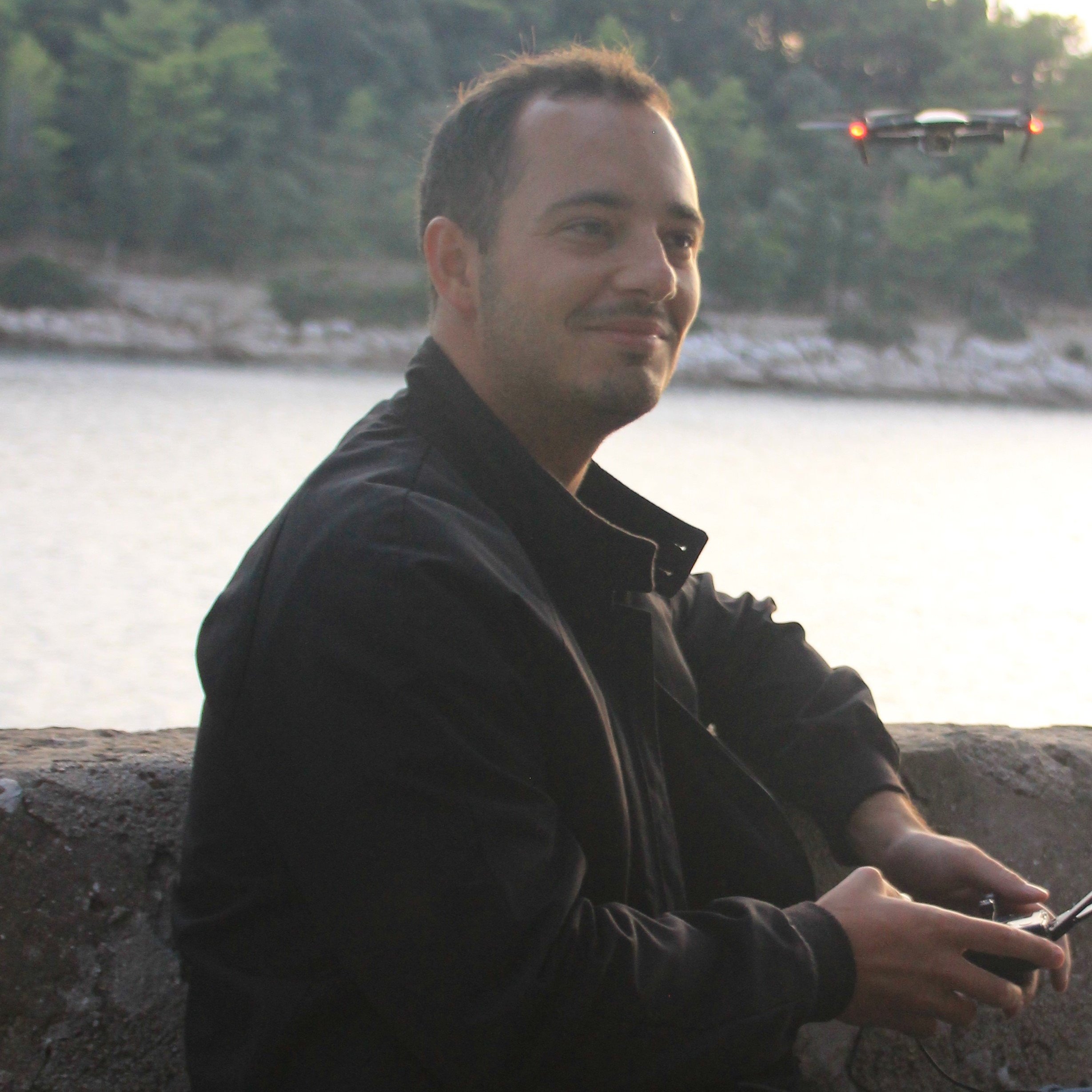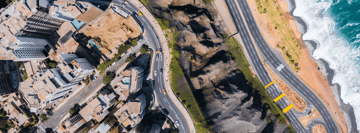There are plenty of lessons to be learned as a drone pilot.
Most of them, you have to go through and practice for yourself if you want the lessons to stick (moving on your footage from jittery to cinematic, for example). Fortunately for us, there are a bunch of other lessons we can learn purely from watching other pilots fail. Some might call that profiting from the misery of others, but we prefer to look at it as a form of drone pilot natural selection.
Here are a few drone fails to make you laugh, cry, cringe and, most importantly, learn...
The First Time Flight Crash
Flying a new drone for the first time is always exciting. Especially when it's a new model from DJI and there's a watching crowd to impress.
"It's got 7,000 sensors and obstacle detection in 18 directions," you say. "It's impossible to crash".
Don't be this guy.
https://www.youtube.com/watch?v=1jzk6o0UzjQ
The obvious lesson here is not to fly indoors before you've mastered the controls, even if the crowd are screaming for some drone-based entertainment.
But there are two more things. First, most drones with obstacle-detecting and positioning sensors need to be flying in a well-lit area for those systems to work. Otherwise, you might as well be flying with a blindfold on.
Second, trying to catch your drone in mid-air isn't as easy as it looks. Some models, like the Mavic Pro in the above video, will sense your hand, think it's an obstacle and fight against it by pulling in the opposite direction. If you lose that fight and suddenly let go, momentum is going to kick in.
The Return to Home Fail
The advent of the smart return to home function has been a game-changer for drone pilots. Now, if you lose connection for any reason, are running low on battery or are too lazy to fly your drone home manually, it's smart enough to handle that flight by itself.
https://www.youtube.com/watch?v=YW3S_h2VUMk
But there are some caveats. First, depending on which drone you are using, obstacle sensing may need to be manually turned on for return to home flights. Second, you'll also need to pre-set the altitude that you'd like the drone to return at.
If you're flying close to buildings, trees or any area with uneven ground, you might want to set that altitude to high rather than low. Otherwise you might end up crashing into something as big and obvious as a hill.
Finally, your return to home point will usually be set automatically using the same GPS location that you took off from. But that's not always ideal. Think about whether your take-off location is safe and practical enough to be used as an emergency landing spot.
Animals
Drones and animals don't go very well together. Depending on the animal at hand, it's either going to attack or run away, traumatized. Neither of those is a positive outcome, so we recommend learning from the mistake of this pilot and avoiding animals at all costs.
https://www.youtube.com/watch?v=tH-Z2CzJYao
Especially if those animals are born hunters, like this pack of Siberian tigers.
Getting too close to moving vehicles
Some drones, like the Inspire in this next clip, are quick and agile enough to keep up with racing cars for media shoots.
But even the professional DJI crew that's partnered with the World Rally Championship can get things wrong sometimes. In this short clip, you can see the fine margins between an incredible shot and a devastating crash.
https://www.youtube.com/watch?v=Szv0_sxQjhg
Ready to learn some more lessons and start earning money for flying your drone? Take a look at our Pilots page today for more information.




